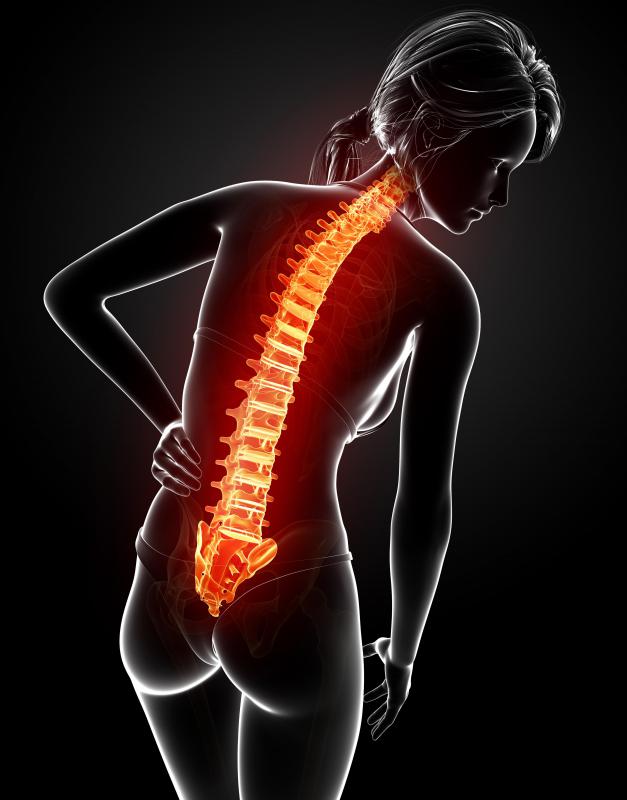At TheHealthBoard, we're committed to delivering accurate, trustworthy information. Our expert-authored content is rigorously fact-checked and sourced from credible authorities. Discover how we uphold the highest standards in providing you with reliable knowledge.
What Is a Wartenberg Wheel?
A Wartenberg wheel is an instrument historically used in neurological exams. It consists of a wheel with a series of sharp spokes that can be rolled over the skin to assess a patient’s response to the sensation. This device is not in common use due to concerns about sterility between patients, although some neurologists work with a disposable plastic version if they find it useful for some testing. Other alternative options can include sterilized pins or needles discarded after each use.
The device is named for Robert Wartenberg, a neurologist who worked in the first half of the 20th century. Pinprick testing, as it is known, can be useful in a neurological assessment. Patients should be able to feel the spokes and report back on their location. If their sensations are impaired, this device can be used to pinpoint the area of damage. For example, a spinal nerve root might be malfunctioning, and the corresponding area of the body might not be sending pain sensations up the spine as a result.

This tool can be used in various areas of the body to test sensation and assess a patient’s response. After spinal injuries in particular, regular testing may be part of patient care to monitor for complications. A patient who has recently had spinal surgery, for example, might have a pinprick test on the feet to confirm that they are still sending and receiving messages from the spine. If the patient loses sensitivity, this could indicate swelling, nerve damage, or other surgical complications that need to be addressed to preserve neurological function.

Concerns about the wheel surround the fact that it is hard to sterilize. The spokes are not designed to draw blood, but can pick up infectious organisms, which may become embedded in the wheel mechanism. Washing and sterilizing a steel instrument between uses may not be efficient in a busy practice, and alternatives can be more suitable. In examinations where a Wartenberg wheel is specifically needed, the plastic version can conveniently provide the ability to perform the test with safety for the patient.
Some medical suppliers continue to sell Wartenberg wheels in both steel and plastic versions. They are also retained in medical museums and neurological research facilities as an example of the kind of instruments used historically. If a Wartenberg wheel is used in testing, the neurologist may remove it from sterile packaging in front of the patient to provide assurance that it is safe for use.
AS FEATURED ON:
AS FEATURED ON:












Discussion Comments
I think doctors use mostly either the sterilized needles, as mentioned in the article, or they use this thing that looks like a ballpoint pen, but clicks out a filament like a piece of fishing line, to do very much the same thing. I know that's what they use for diabetic patients, to test the sensitivity in their feet. But I also had a doctor who used a tuning fork to test my feet. He would strike it and as it vibrated, he would test my feet. He said that was common for neurologists to use to check for impairment, too.
I've seen these used, but it was a long time ago. My grandfather died in 1974, and I remember seeing his doctor use it when he was in the hospital. He was trying to assess how much damage a stroke had done.
I never thought about them being not sterile, or difficult to sterilize. I guess I thought since they didn't draw blood or pierce the skin, that sterility wouldn't be an issue. That's just one of those odd instruments you see in medical museums, I guess. Although, if I didn't know what they were for, I'd have to wonder if they were some kind of torture device.
Post your comments